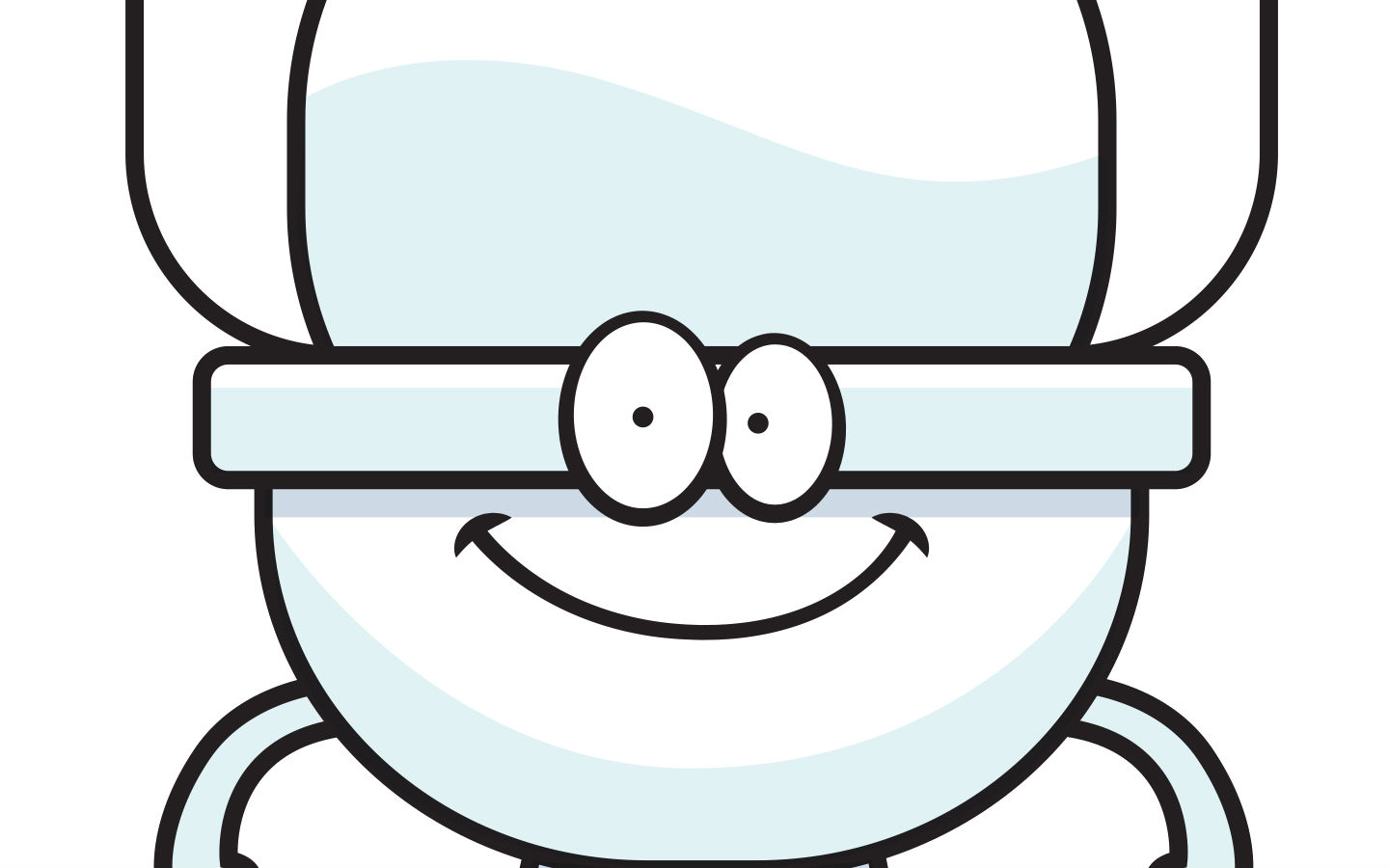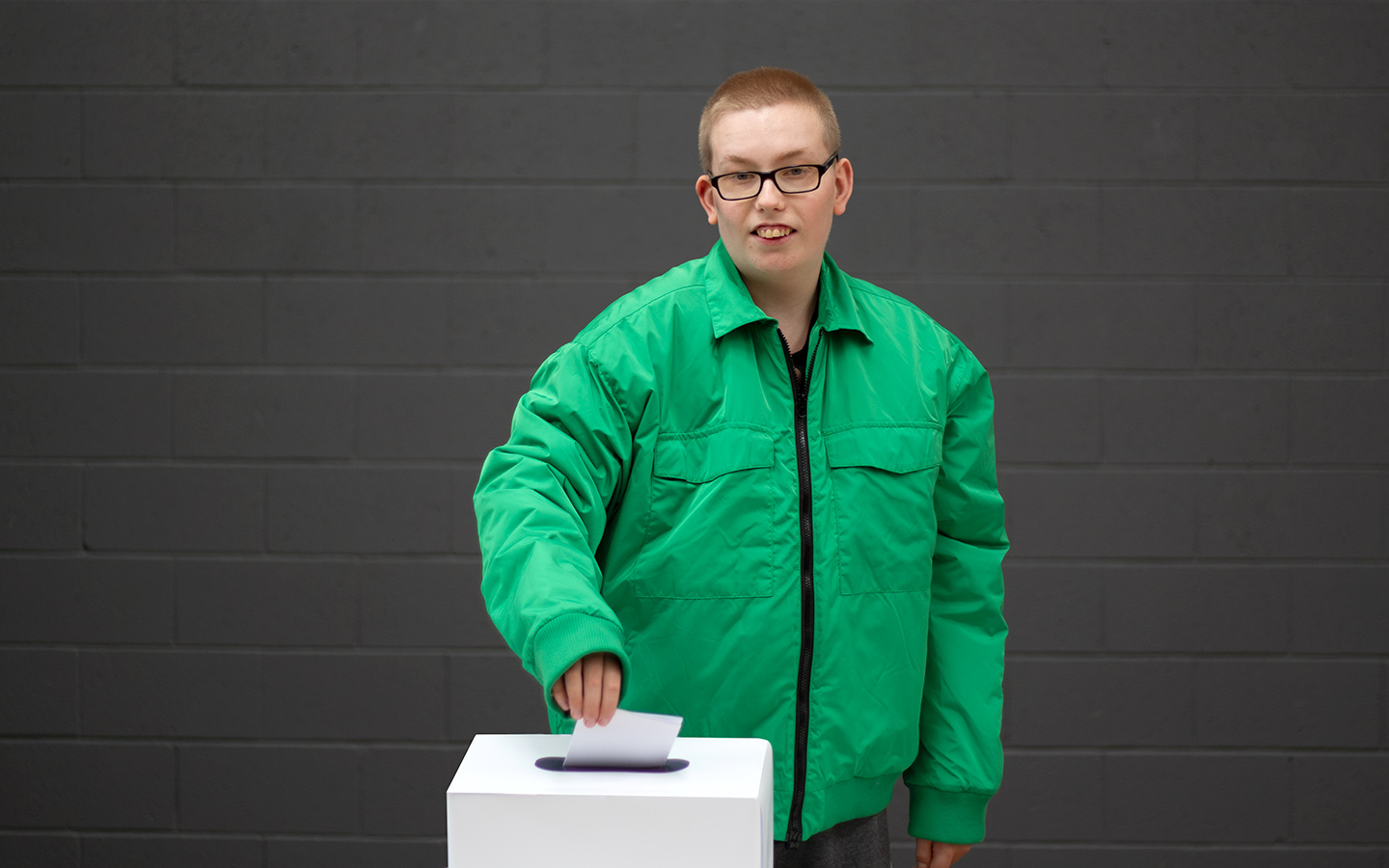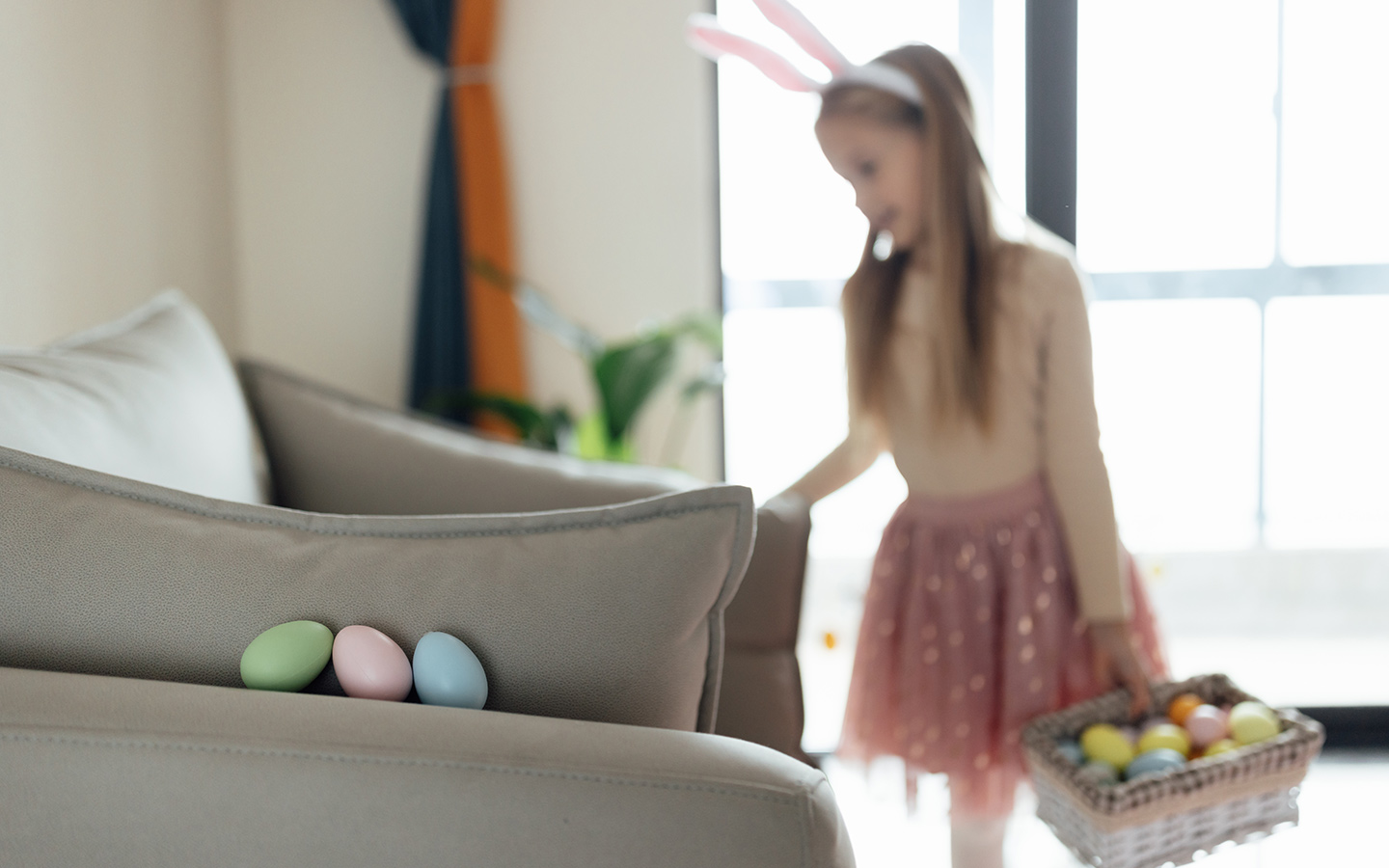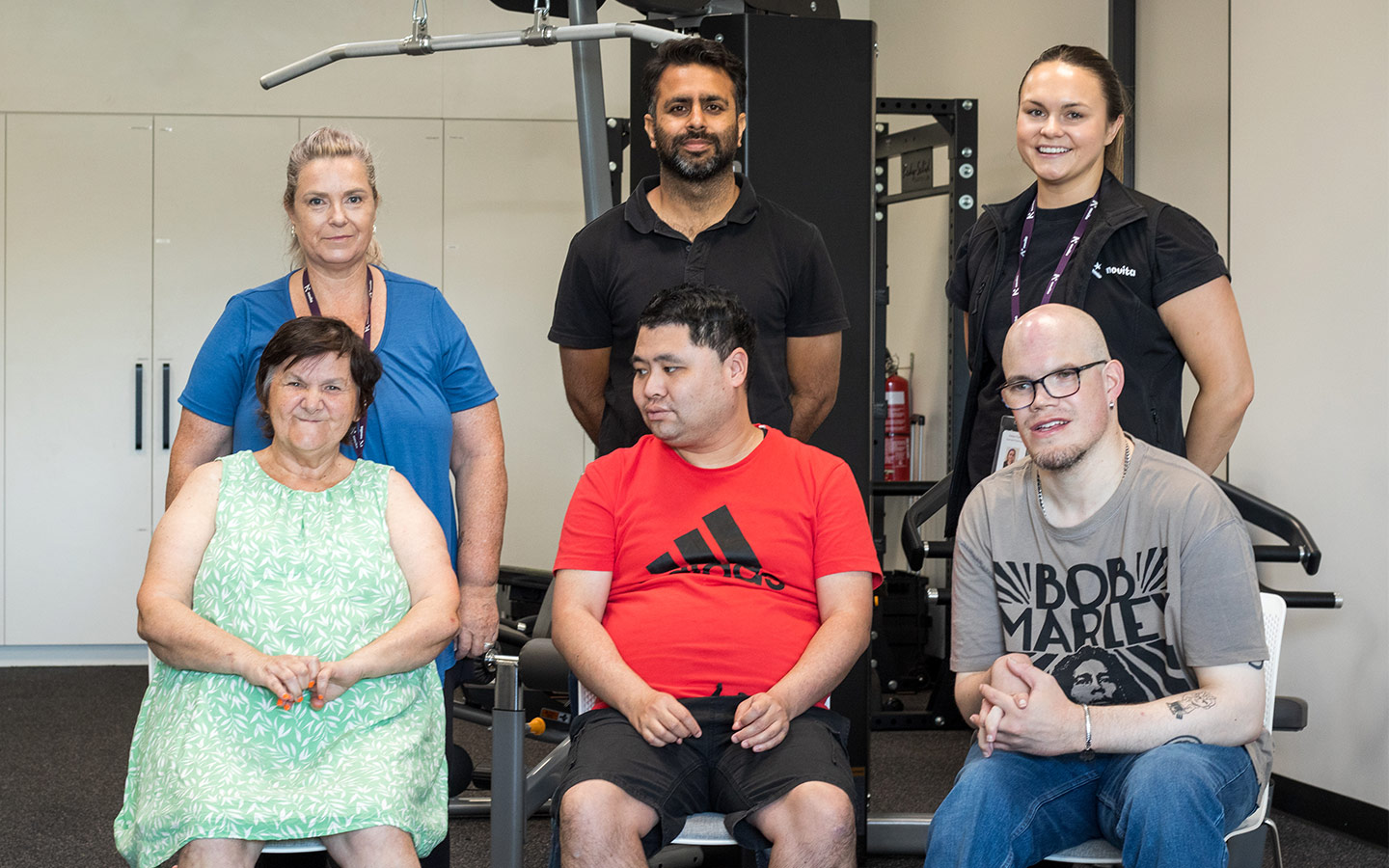Helpful Information
Potty and Toilet Training Guide
access_time15min read

When it comes to potty training, it helps to have a few tricks up your sleeve!
This step-by-step guide is full of tips and tricks to help your child get the hang of potty training. Most of these tips can also be used for older kids who have outgrown a potty and are training on a toilet.
We know potty training can be really hard for some kids and stressful for parents. If your child has complex needs, or you just need some help and advice, ask a Novita therapist today.
Step 1: Get started
Every kid’s potty or toilet training journey is different. Some will be ready to give it a go around 18 months of age when they get control of their bladder and bowel. Other kids need a bit more time and help to get the hang of it.
10 signs they’re ready to give it a go:
- they don’t like when their nappy/clothes are wet or dirty
- they know when they are doing a wee or a poo
- they tell you they need to go
- they show you they need to go
- they can ‘hold on’ if you’re out and about
- they can sit still for at least two minutes
- they can understand simple instructions
- they can communicate with simple words or signs
- they stay dry for 1 to 2 hours
- they do a big wee each time they go.
Some kids living with disability take a little longer to control their bladder and bowel. Every kid is different and some will have only a few accidents and some will have many – but most will get there in the end.
Tips for kids living with disability
Some kids living with disability might:
- not know when they need to wee or poo
- need some help to get on the toilet/potty or take off their clothes
- not tell you or a carer they need to go the toilet
- need help to learn new skills, particularly if they live with intellectual disability or learning difficulties
- get constipated or tummy pains because of their muscle tone or if they don’t move around much during the day
- find it hard to empty their bladder or bowel because of their posture or increased muscle tone
- need to train on a toilet rather than a potty if they are a little bit older.
Step 2: Talk to your child
First things first, tell your child what their different body parts are and what they do. Then you can start to tell them when they are doing a wee or a poo – in the bath or in their nappy – so they get to know what it means. Once they know what a wee and poo is they’re more likely to tell you when they need to go.
If your child doesn’t use words to communicate, a speech pathologist can help you out or provide picture symbols to help you get started.
Step 3: Choose a potty
Most kids won’t use their potty unless they feel safe and comfortable when they sit on it. The more they relax, the more likely they are to let go when they need to do a wee or a poo. There’s lots of different potties to choose from. You can get one that’s low to the ground so their feet touch the floor, or you can use a regular toilet with a potty seat, step, rail or seatbelt. Some kids will need special supported or elevated sitting if they need to be lifted onto the toilet.
If you’re not sure, have a chat with one of our occupational therapists. They can help you find the best option for your child.
Step 4: Practise sitting
First things first, your child will need to practise sitting on their toilet or potty.
- Show them the potty or toilet
- Let them play with the potty
- Put the potty in the bathroom where they can see it
- Put a teddy or doll on the potty/toilet and pretend to praise them for using it
- Get your child to practise sitting on the toilet for 1-5 minutes
- Get your child to practise sitting at the same time every day
- Distract your child to help them relax
- Put the potty in their play area.
Accidents happen …
All kids have accidents when they’re potty training. If your child is getting upset about having an accident, try to say something that makes them feel better, like “That tricky poo! It didn’t want to wait for the toilet!”
Step 5: Success!
All kids love presents and praise – use this to your advantage when potty training. You can put together a potty reward jar of lollies or stickers, or just tell them they’re doing a really good job. Soon enough they’ll get to know that using the potty is good, and do it again and again.
Reward tips:
- Make easy goals for your child
- Reward them straight away
- Only use your reward for potty training, not any other behaviour
- Slowly reduce rewards when your child is getting the hang of it.
Need some support? Talk to us today on 1300 668 482 or visit our Contact Us page for more ways to get in touch.


